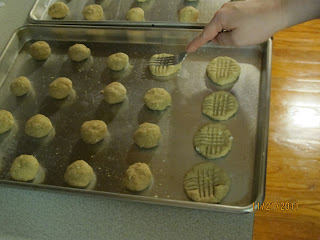Think of the last time you came home from work and your excited little
dog ran up to you. He probably jumped up on you and you probably cooed and
praised him for missing you. It’s a good feeling to get that sort of attention
from your animal, but it’s a habit you’ve got to break if you don’t want him
doing the same thing to visitors in your home.
Your inclination when you realize what you are doing and that you want
to stop it is probably to push your dog off of you the next time he jumps.
Wrong. This will only make him see it as a game and will encourage him to jump back
up. Shouting doesn’t work either, as it is still attention and attention is
exactly what he wants.
What you should be doing, as difficult as it is to do is to ignore your
dog the next time he jumps on you. What this means is that the next time he
gets up on you, do nothing. Don’t talk to him, don’t touch him. Turn your back
to your dog and fold your arms. If he still jumps again, take a step away, and
if he tries to come around to face you, turn the other direction.
Do not acknowledge your dog while he is jumping. However, as soon as he
gets back on all fours and stops jumping, go down to his level, praise him and
give him a treat.
What you are doing is rewarding him for doing what you want him to do
(staying down) and giving him nothing that he could construe as a reward when
he isn’t doing what you want him to do.
When he comes squirming up to you, he’s looking for attention. What you
should be doing is teaching him that four feet on the ground gets him the
attention that he wants and two feet does not.
Another thing to bring up is that all visitors to your home should know
this trick. It’s really a pain if you do all this work to better your dog’s
behavior and then a friend stops by and reverses all of it.
The task may currently seem daunting, but you’ll be surprised at how
quickly your puppy catches on that staying on the floor is what will get him
what he wants.






























